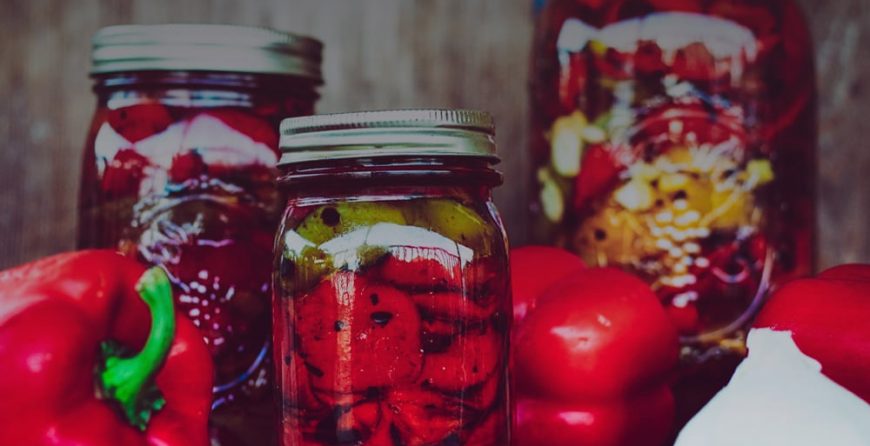 Freezing your harvests
Freezing your harvests
Freezing is an effective yet easy way of preserving garden produce such as vegetables. However, not all fruits and vegetables can be frozen. Choose firm and slightly ripe fruits and vegetables and freeze them as soon as they harvested before they start withering. Also, to protect your vegetables and fruits from cold damage, use air tight freezer bags or air tight plastic containers. The air tight freezer storage protects your vegetables from freezer burns. Freezer burns manifest as dry and brown patches that result from lack of enough and right temperature moisture.
However, some fruits and vegetables need to be blanched before being frozen. Blanching prevents water in the vegetables and fruits from crystallizing and rupturing their cells. Plunge the vegetables and fruits in a large pan of boiling water for about a third of their normal cooking time and then transfer them into ice cold water. Pat them dry and freeze completely. Some of the fruits and vegetables that freeze well include; blueberries, cranberries, raspberries, gooseberries, rhubarb, and peas.
Drying, pickling and bottling your harvest
Some crops are stored when dried properly. These include; apples, peppers, and tomatoes. Drying alters crop texture and flavor; a factor that makes crops especially herbs interesting food additions. To dry fruits or vegetables, wash, slice them thinly and place them neatly on a baking tray. Place the tray in the oven and set it at the lowest temperature. Leave the fruits or vegetables for several hours or until they shrink completely and appear crispy. Alternatively, leave the fruits or vegetable under the sun until they dry completely. Once dry, store them in an airtight container and consume within weeks.
Storing beets and shallots
Beets and shallots are delicious and are common organic produce that is stored for later use because they retain their natural flavors and nutrients. To store beets, wash and prepare them by removing the tops. Boil them in water for about 30 minutes or until the tops and skin rub off easily. Let them cool and slice them into thin pieces. Place them in a clean and sterile container and cover them with pickling vinegar. Food storage jars or containers should be sterilized by washing them thoroughly and placing them in the oven at a temperature of 150C or 250F for about 20 minutes.
Store shallots by peeling and trimming the bottoms and tops before placing them in a shallow storage dish. Cover them with salt overnight to eliminate excess moisture. Rinse them thoroughly to ensure no salt residue is left, place them in a sterile jar and cover with pickling vinegar as well.
Conclusion
Learning how to store your organic produce is as important as learning how to care for them as they grow. Learning the right storage and preservation techniques ensures that you enjoy your healthy and fresh harvest longer. Hence, the need to consult with professional gardeners and neighbors who practice organic gardening to determine the recommended storage and preservation techniques ideal for your region. You need to invest time and resource too if you wish to store your produce for long term use.


